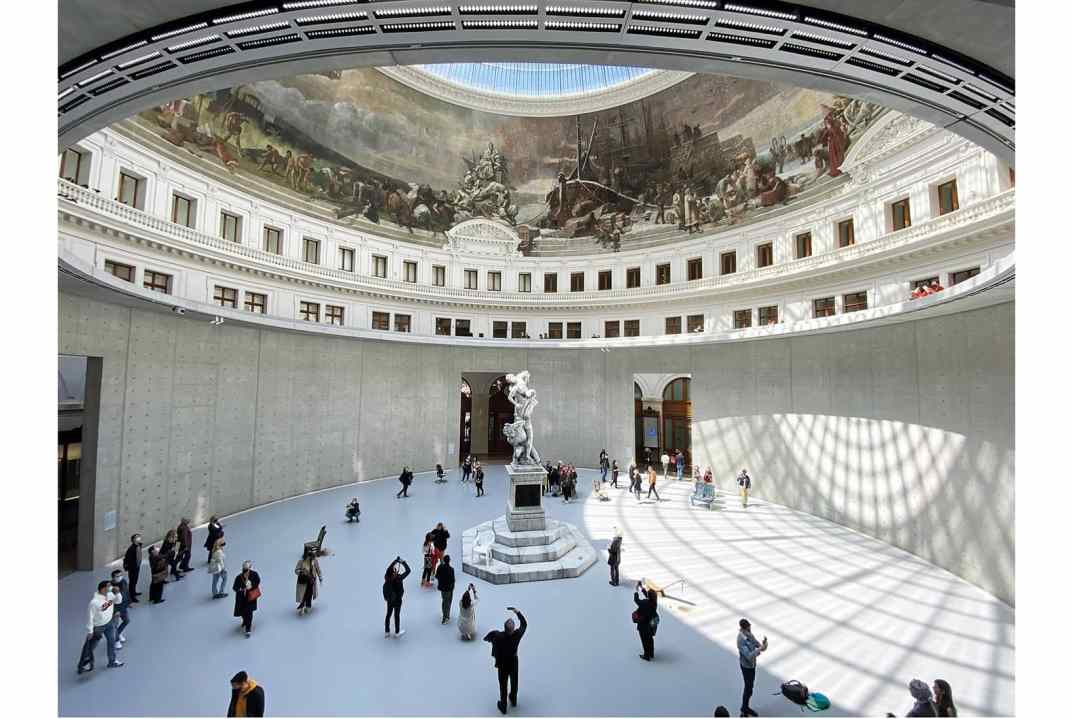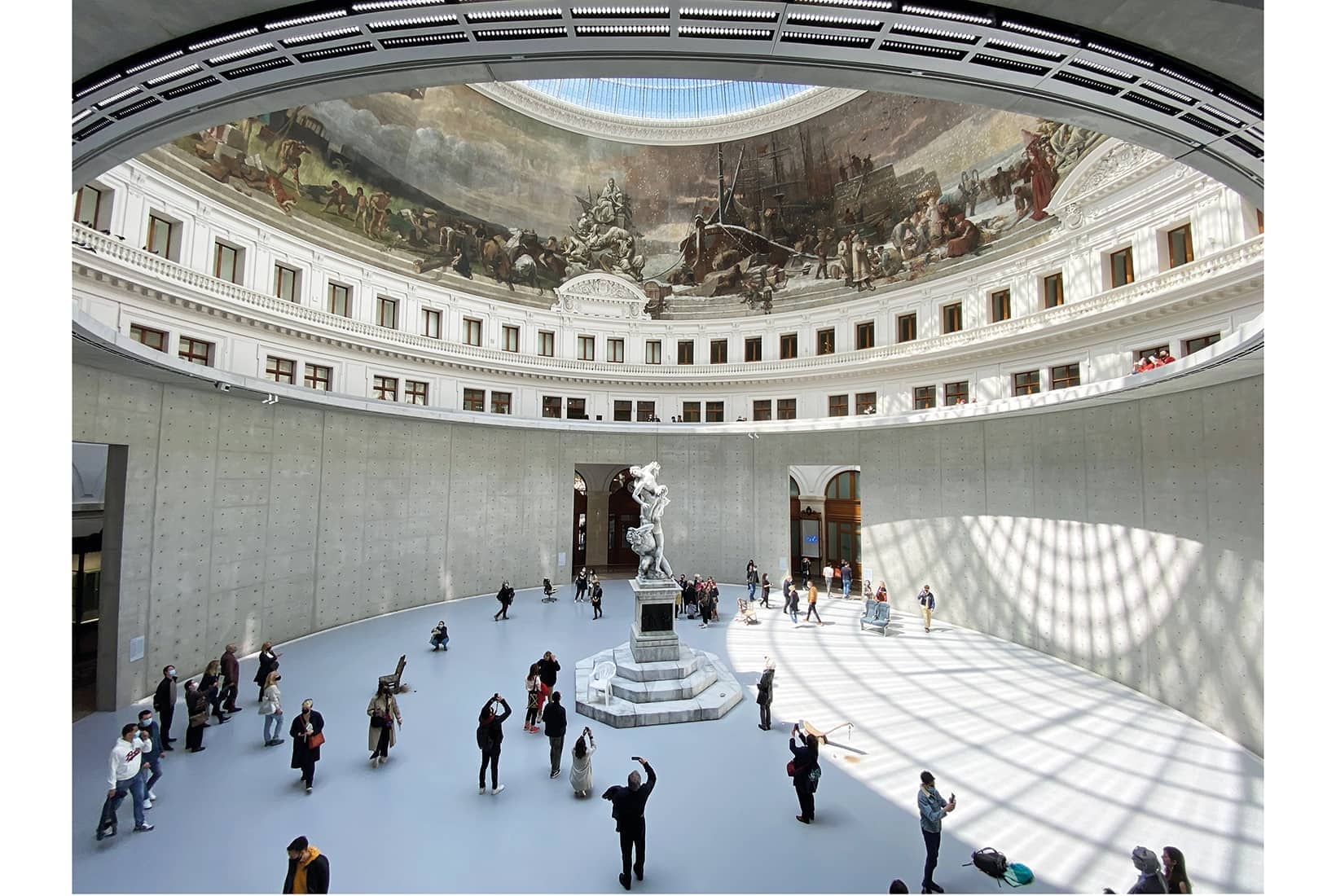How do you manage a dictatorship? By producing ‘a succession of miracles’, according to Louis-Napoléon, that ‘dazzle and astonish’. In 1852 he inaugurated his Second Empire regime with a strategy of soft power predicated on the assumption that the loyalty of politically volatile Paris was to be won not by violent repression but by visible magnificence and grand designs. This wasn’t an original idea: it followed the policies of le Roi Soleil and Bonaparte, not to mention the Roman emperors. It worked again for Louis-Napoléon because, as well as such jaw-dropping follies as Charles Garnier’s extravagant opera house, it extended to Haussmann’s lavish investment in socially useful boulevards, sewers, housing and parks.
Subsequent incumbents of the Élysée Palace have seldom been able to resist this tendency to splash out on spectacular gestures, and the past half-century has seen taxpayers’ money showered on the capital’s cultural sector in particular. The high-tech ‘miracle’ of the Pompidou Centre, opened in 1977, started a fresh wave of state-sponsored public treats that no other nation can match – among them the Opéra Bastille, I.M.








Comments
Join the debate for just $5 for 3 months
Be part of the conversation with other Spectator readers by getting your first three months for $5.
UNLOCK ACCESS Just $5 for 3 monthsAlready a subscriber? Log in